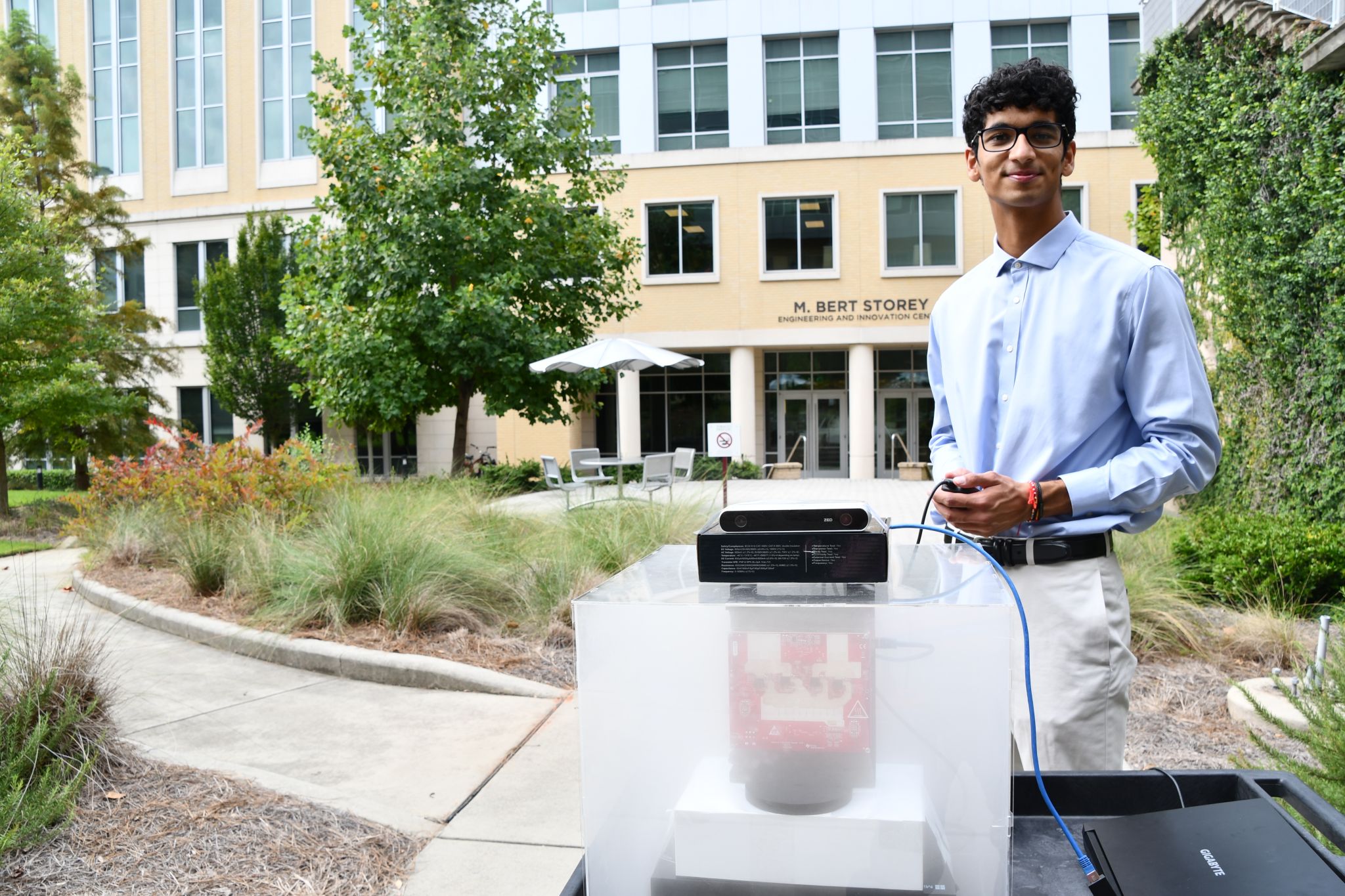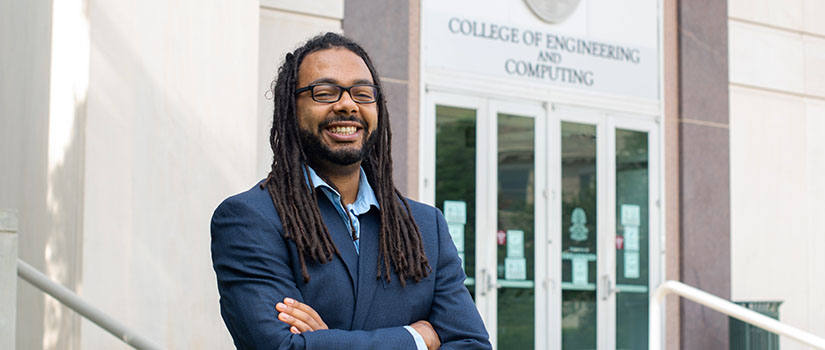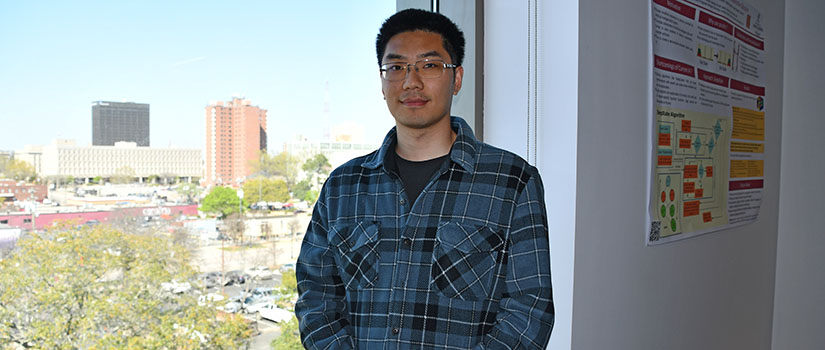Recent Publications: Natural Language Processiong
The following papers written by our AI Institute members were accepted for presentation at the 2023 Conference on Empirical Methods in Natural Language Processing:
- Counter Turing Test (CT^2): AI-Generated Text Detection is Not as Easy as You May Think - Introducing AI Detectability Index (ADI). Megha Chakraborty, S.M Towhidul Islam Tonmoy, S M Mehedi Zaman, Shreya Gautam, Tanay Kumar, Krish Sharma, Niyar R Barman, Chandan Gupta, Vinija Jain, Aman Chadha, Amit P. Sheth, Amitava Das.
- The Troubling Emergence of Hallucination in Large Language Models - An Extensive Definition, Quantification, and Prescriptive Remediations. Vipula Rawte, Swagata Chakroborty, Agnibh Pathak, Anubhav Sarkar, S.M Towhidul Islam Tonmoy, Aman Chadha, Amit P. Sheth, Amitava Das.
- FACTIFY3M: A benchmark for multimodal fact verification with explainability through 5W Question-Answering. Megha Chakraborty, Khushbu Pahwa, Anku Rani, Shreyas Chatterjee, Dwip Dalal, Harshit Dave, Ritvik G, Preethi Gurumurthy, Adarsh Ashok Mahor, Samahriti Mukherjee, Aditya Pakala, Ishan Paul, Janvita Reddy, Arghya Sarkar, Kinjal Sensharma, Aman Chadha, Amit P. Sheth, Amitava Das.
The acceptance of these papers at EMNLP, a leading conference in NLP, is a testament to the high quality of research being conducted at the AI Institute. The papers address important and challenging problems in NLP, and their findings have the potential to significantly advance the state of the art in this field.

 We would like to welcome
We would like to welcome 

 As artificial intelligence (AI) and machine learning continue to transform patient care, Computer Science and Engineering Assistant Professor
As artificial intelligence (AI) and machine learning continue to transform patient care, Computer Science and Engineering Assistant Professor 
 We are proud to announce that
We are proud to announce that